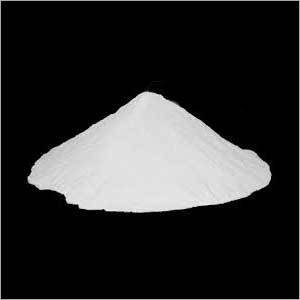Our laboratory is well equipped with latest instruments for evaluation of product. We perform following physical and chemical testing of our product as per IS-1514.
Physical properties
Physical appearance,
Fineness by retention on 90 micron sieve,
Quick lime is widely used in various types industries. It has numbers of applications.
General use
General use of quick lime is manufacture hydrated lime. Quick lime is key ingredient for the cement manufacturing process.
Light weight block
Quick lime is widely used to manufacture light weight block. It reacts with aluminum and formation of hydrogen takes place which increase the volume of mass.
Petroleum industries
Water detection pastes contain a mix of calcium oxide and phenolphthalein . Should this paste come into contact with water in a fuel storage tank, the CaO reacts with the water to form calcium hydroxide. Calcium hydroxide has a high enough pH to turn the phenolphthalein a vivid purplish-pink color, thus indicating the presence of water.
Paper industries
Quick lime is used to regenerate sodium hydroxide from sodium carbonate in chemical recovery of kraft pulp industries.
Packing of Quick Lime
Quick Lime finished goods are available for loose supply in bulker and jumbo bag packing depends on customer requirement.
Chemical Properties
- Loss on ignition
- Available lime as CaO
- MgO content
- Acid insoluble
- Silica content
- Reactivity time for 55oC
A typical Specification of Quick Lime powder
Test Parameters
| Unit
| Specification
|
Available lime as CaO
| %
| 85 min
|
Magnesium as MgO
| %
| 3 max
|
Acid insoluble
| %
| 2 max
|
Silica
| %
| 1.5 max
|
Reactivity time 55oC
| Minute
| 20 max
|
Mesh Size
| Mesh
| 200
|
Packing
|
| Bulker jumbo bag
|
Superior Quality and VersatilityOur high-reactivity Quick Lime stands out for its strong compressive strength and dimensional stability. With a purity range of 85% to 90% CaO and low impurities, it is tailored for critical industries including steel plants, sugar production, paper manufacturing, and water treatment. Its granular size (1050 mm lumps) ensures uniform handling and reactive efficiency for a variety of industrial processes.
Safe Handling and StorageQuick Lime is a corrosive material; direct contact with skin and eyes must be avoided. It should always be stored in a dry, well-ventilated area to prevent moisture absorption, which can compromise reactivity and shelf life. Industrial packaging in HDPE and jumbo bags is designed to preserve product integrity, ensuring a reliable supply for your processes.
FAQs of Quick Lime:
Q: How should Quick Lime be stored to maintain its quality?
A: Quick Lime should be stored in a dry, ventilated environment to avoid moisture exposure. Always keep the packaging sealed until use, as moisture can reduce reactivity and compromise the products six-month shelf life.
Q: What are the main industrial applications of Quick Lime?
A: Quick Lime is primarily used in steel plants for refining and fluxing, but it also plays crucial roles in water treatment, construction (mortar and plaster), paper manufacturing, sugar processing, chemical production, and flue gas treatment.
Q: What packaging options are available for Quick Lime?
A: Quick Lime is available in durable HDPE bags, jumbo bags, and also offered in bulk to suit diverse industrial-scale requirements. Each packaging type offers protection against moisture and contamination.
Q: How is Quick Lime processed for industrial use?
A: In industrial applications, Quick Lime lumps (10-50 mm) or powder are typically added to water or other materials, where its high reactivity facilitates chemical reactions necessary for processes such as steel refining or water purification.
Q: What benefits does Quick Lime provide to steel production?
A: In steel plants, Quick Lime acts as a flux to remove impurities such as phosphorus and sulfur, improving the efficiency of the refining process and enhancing the final steel quality due to its high compressive strength and purity.
Q: What safety precautions should be taken when handling Quick Lime?
A: Since Quick Lime is corrosive, protective clothing, gloves, and eye protection must be worn during handling. Avoid skin and eye contact, and ensure good ventilation in storage and processing areas.


